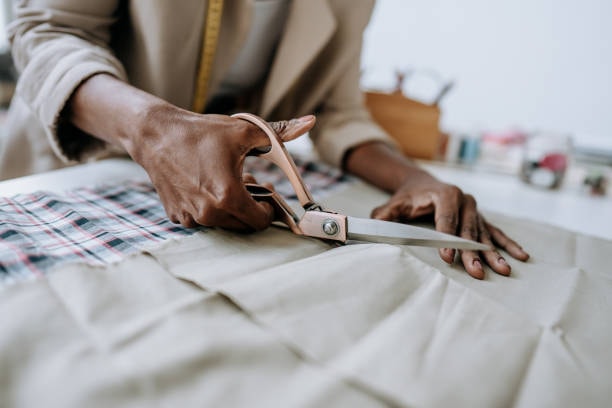To the communities engaged in fashion and apparel manufacturing, the term cut and sew stands out as a crucial category in fashion t-shirts. This technique of garment production remains a common practice up to date, as it enables a fashion designer to produce customized garments, quality garments, and garments of the design that the designer intends to produce. Herein, it will be possible to uncover more about the terms cut and sew, its importance, the flow of the process, and its usefulness today, especially in fashion t-shirts.
Cut and sew meaning
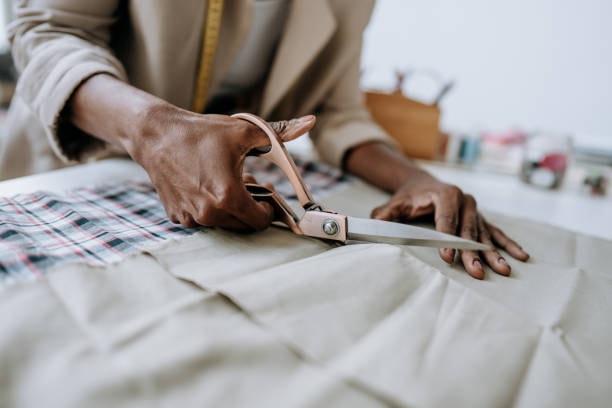
Cut and Sew is a garment manufacturing process whereby clothes and other accessory items are developed from a piece of fabric by cutting and joining them by sewing. In contrast to clothes that are manufactured through the process of phases of assembly composed of pre-made parts, cut and sew involves creation of the pattern, cutting of the materials and sewing of components and parts of fabric. This method perks up the flexibility in design and promotes embodiment of nonstandard and individually designed bespoke garments.
Important facts about cut-and-sew manufacturing
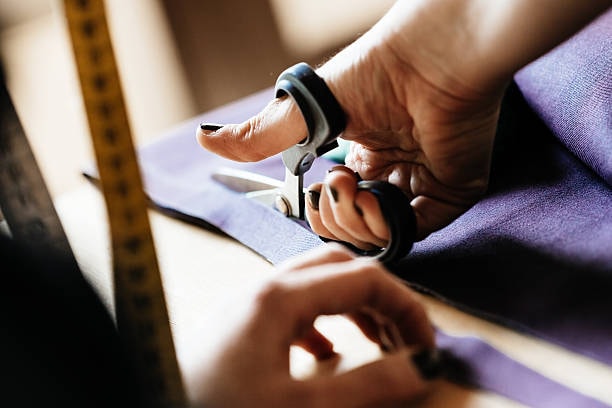
Some features of the cut-and Sew Manufacturing process you should know are:
- Customization: permits one-of-a-kind clothing products that perfectly complement the buyer’s needs.
- Quality Control: This means that the company works hard to guarantee the product quality at each stage of production.
- Creative Freedom: This is helpful in the sense that it gives designers the ability to try out different fabrics, patterns and designs; it has a role in providing variety and endless possibilities of combinations for designs.
- Sustainability: saving on fabric because Sealth produces clothes according to customers’ specifications.
- Skilled Craftsmanship: Demands facility in slicing and stitching fabric portions of the dress.
- Versatility: They are prevalent in luxury fashion, formal tailored suits, athletic wear, and movies and texts that require costumery.
- Local Support: Small-scale local artisan as well as manufacturers are often engaged.
The Cut and Sew Process
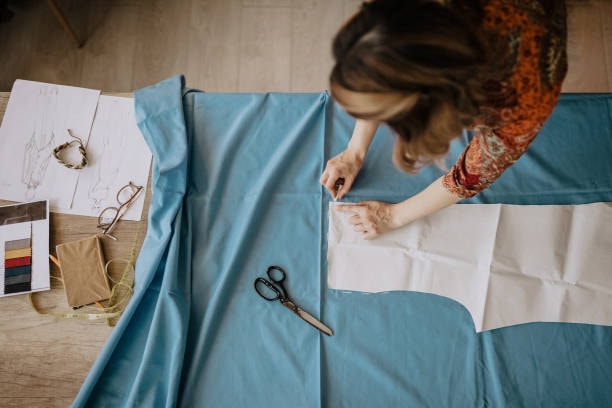
The Cut and Sew Process:
- Designing: Add an idea and integrate patterns as cutouts.
- Fabric Selection: Material selection for a design is a crucial step; therefore, ensure you select the suitable fabric for the design.
- Cutting: Segregate and trace patterns according to identification of the pieces to be cut out from fabric material.
- Sewing: Join the segments that you have cut from your fabric using different sewing processes.
- Finishing: In addition, perform other operations that make the garment look complete, for instance, stitching the edges to give it a neater look, fastening it by sewing on buttons, and ironing it.
- Quality Check: Check for the quality of the material used on the garment in order to wash it to the required standard.
The Significance of Cut and Sew
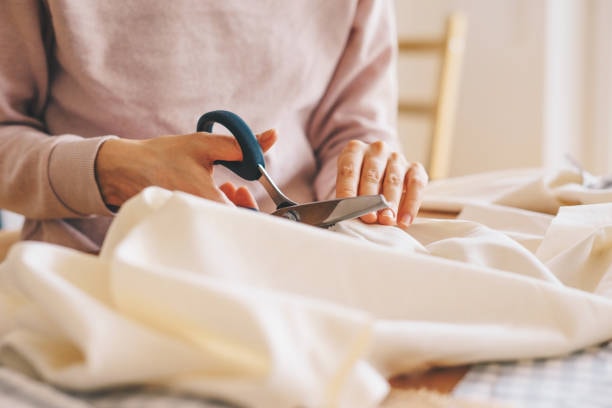
Presenting here a rationale of cut and sew is as follows:
Customization and Personalization
Cuts and sews enable designers and manufacturers to embark on production of personalized clothing based on measurements and preferences that buyers accord. This level of customization is ideal for luxury brands such as fashion accessories, clothing and other luxury items, tailored clothing, special products, paper patterns such as jewelry and gadgets, among others.
Quality Control
Another advantage related to control through the vertical supply chain is that each stage of clothing line of production, from the choice of fabrics and trims to and including the stitching, can be controlled by the manufacturers and therefore quality standards can be high. This is especially true in today’s world, where originals and marketing have become crucial in luxury brands and designers associated with craftsmanship.
Creative Freedom
Free-thinking characterized the RTW designers by enabling them to explore various fabrics, patterns, and construction styles. And this creativity is often suppressed or discouraged in contexts where regularity is the order of the day.
Sustainability
Cut and sew can be more sustainable than mass production, as it is not about mass production of garments that also leads to increased production of cloth raw fabric and other inputs and overproduction to meet market demands. Moreover, it also tends to buy products from local artists and craft producers, as well as individual manufacturers.
Advantages of Cutting and Sewing
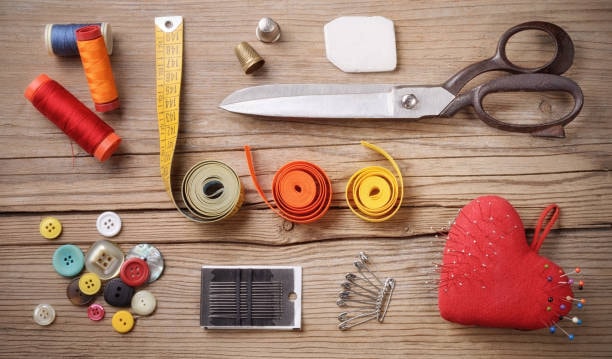
Advantages of Cut and Sew:
- Customization: Sells clothes that are made according to the customer’s body size and complexion, as well as their preferences.
- High Quality: Provides for a high-quality product improved through craftsmanship and engineering.
- Unique Designs: Facilitates the fashioning of unique products that are made in a way that cannot be replicated.
- Flexibility: It allows designers to employ a given cut of fabric, styles, and methods.
- Durability: Creates clothes with more durable connections or simply superior sewing.
- Sustainability: This tactic helps to avoid overproduction, that leads to a reduction of waste as the clothes are produced according to the customer’s order.
- Local Support: Sometimes local artisans and small industries related to manufacturing participate in the process and help the locals in efforts to preserve the art.
- Creative Freedom: Brands allows designers to go and try out new things that wouldn’t really fit if you had to produce them in mass.
How to find a reputable cut-and-sew manufacturer
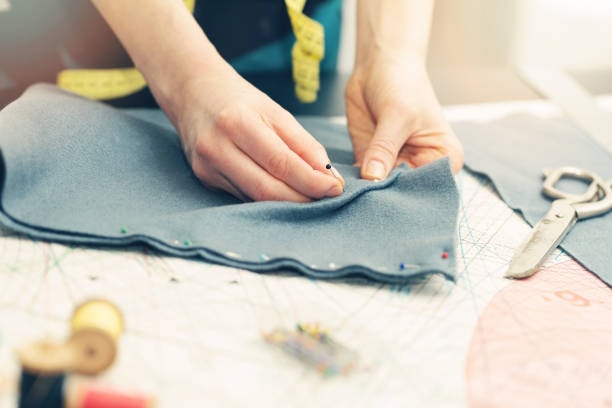
Evaluating a cut and sew manufacturer requires some effort to identify a company that will fit the requirements of both producing good garments and providing great services of sew apparel manufacturing or sew clothing manufacturing in process. Here are steps to help you find the right partner:
1. Define Your Needs
Identify Your Requirements: Ponder on the types of garment sample you intend to have, the materials you wish to be used to create garments and the quantities required, as well as if you have special requirements towards customization. This will help you filter out manufacturers for your kind of product so that you end up choosing manufacturers that specialize in your line of products.
2. Research
Online Directories: By using online directories like Maker’s Row, ThomasNet, and Sewport, you will be able to easily connect with manufacturers that offer custom cut and sew garments services.
Industry Associations: Please consult organizations which are specific to the cloth retailers’ industry, such as the American Apparel and Footwear Association (AAFA), to get the right advice on the most suitable types purchased fabric to purchase.
Trade Shows: Go to trade shows like magic, texworld USA, or sourcing at magic to meet manufacturers face-to-face.
3. Evaluate Manufacturers
Experience and Expertise: Always consider manufacturers and wholesale brands that have been in the industry and specialize in the type of garments that you need. Look at the company’s prolific work history and the previous clients’ feedbacks.
Certifications: Assure that the manufacturer holds licenses; ensure a quality management system such as ISO 9001 or other accredited standards relevant to your industry.
Facility and Equipment: Make very certain that the manufacturer has modern, acceptable facilities and equipment to meet your production needs.
4. Request Samples
Quality Check: You should request to see the portfolios of the previous work they have done so you can gauge the quality of the work they are going to render to you.
Fabric and Materials: Assure they work and can source the higher-quality fabrics and materials for the dresses and gowns you need.
5. Assess Communication
Responsiveness: Assess the speed, clarity, and efficiency by which the manufacturer disseminates the information. It is critical that there be good communication, as this will facilitate efficient calibration of the production line.
Language and Cultural Barriers: It is important to look at possible language and cultural barriers that may hinder the flow of communication and possibility of teamwork.
6. Visit the Facility
On-Site Visit: Where possible, pay the manufacturer a visit so that you can scrutinize their facility and evaluate the quality of work they offer and the working conditions they present to their employees.
Quality Control Processes: As we can see, it is necessary to check its quality control standards to follow all of the requirements of your company.
7. Negotiate Terms
Pricing: Please set up exact quotations and discuss the proposed prices after consulting with several manufacturers. It is important to know what services go with the price tag to the product or the final bill.
Lead Times: Explain how long it will take to produce your products and whether this will be fitting for your scheduling needs.
Minimum Order Quantities (MOQs): Ask them about their MOQs and make sure they are acceptable for your requirements.
8. Secure a Contract
Detailed Agreement: Prepare a detailed memo with all contracts between the company that contains aspects such as payment methods, delivery time, quality assurance, and manner of ownership.
Legal Review: Before entering any agreement that you intend to undertake, have the contract examined by your lawyer to ensure that your interests are going to be protected.
9. Start with a Small Order
Trial Run: Test the manufacturer with a small order that will allow the buyer to assess the quality of the products and services.
Feedback and Adjustments: The final step of this normally encompasses giving feedback on the initial order to place so that changes can be made when ordering in large quantities.
10. Build a Long-Term Relationship
Ongoing Communication: Frequent contact with other staff will go a long way in ensuring that any emerging challenges are dealt with and a good working relationship is cultivated.
Continuous Improvement: After the independent work to analyze the current processes and product quality existing garments, engage the manufacturer in the process of making changes to improve these processes to the fashion industry.
Applications of Cut and Sew

It referred to the cut and sew method of apparel application of a lap seam and an edge stitch that were used to assemble garments properly and provide the required shape.
- High Fashion: Custom and bespoke garments remain popular among luxury brands and designers for garments used in their collections since they produce and provide special-quality apparel.
- Bespoke Tailoring: Apparel, formal attire such as suits and dresses, or any garment with more complex patterns are made through techniques referred to as cut and sew manufacturers.
- Streetwear and Niche Markets: A common reason to use cut and sew is to separate from the sea of similar products prevalent in the current economy; most brands hence target to design unique and restricted edition apparel pieces.
- Costumes and Stagewear: There are obviously some costumes that are needed in theatre, films, and costuming, which may be made by the cut-and-sew technique.
Conclusion
It is crucial to understand the basics of cut and sew if you are involved in any fashion design process as well as apparel manufacturing. This method provides a vast potential for freedom and extra effort in creations while embracing sustainability and product customization of knit fabric and sew clothing lines. For those in the design or production industry and consumers who want to learn more about the best practices in the industry, knowledge of cut and sew is very valuable when deciphering processes that go into the production of fashionable and quality clothes and fully custom clothing.
By continuing to follow the cut-and-sew concept, opportunities to create and develop new and distinctive apparel can be realized in a world that gradually shifts toward more common products in the clothing industry.

